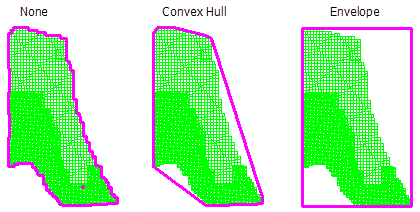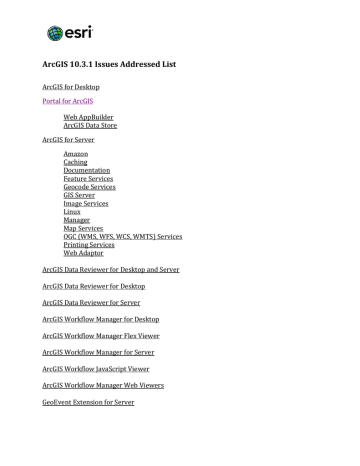

You can also try setting Bilinear vs Nearest neighbour to see which you like better. If keeping in the file Geodatabase, you will need to create the pyramids still - We used the default options and number of levels. When loading to SDE set the environment setting to create pyramids. If your final destination is SDE, copy your raster at this point using best practices for loading large data to your enterprise database.

The quality and pixel size will impact the visual quality - again, best to play with a small sample area to get a better idea of what works for you. We decided on 80% compression, no specific reason why but the results were almost as good as LZ77. Raster stats are on by default but leads to the usual question “why does the colour look different now?” after processing imagery (although yes, you can force this off in ArcMap in the layer properties but it resets each time). We also unchecked “raster statistics” since we didn’t want the default colour stretching.

Create a Raster Catalog: Make it “unmanaged” to refer to images without loading/copying.Copying afterwards does add to the total processing time - but also makes sure there aren’t any issues with an input raster and you don’t need to worry about indexes or logs getting bloated if you make any mistakes. This way you can limit the processing required and run locally for faster results. Even if you are planning to save your raster in SDE, you might want to consider processing the mosaic into a file Geodatabase first.Before you start it’s recommended to try your approach with a subset of data to see how long it will take and if the quality of the results meet your needs. You can store the output to a file Geodatabase (can handle huge rasters, lots of viewers) or SDE (adds enterprise access and security). Using 7,600 uncompressed 4-band TIFF orthos, each 1km in size and 120MB (approx. Please note, if you have 10x, many newer options exist and I would recommend taking a good look before jumping into this approach (although still a viable option). “Mosaic Large Images to a Single Raster in ArcGIS” is a case study based on ArcGIS Desktop 9.3 with decent, yet older, hardware - then comparing some different compression options and visual results. While the new Mosaic Datasets are great, what if you only have 9.3 - here is one way to merge them together using the Raster Mosaic tools available in both 9x and 10x. I’ve had some question regarding large sets of ortho imagery tiles and how you can turn this into one seamless raster (and maintain performance).


 0 kommentar(er)
0 kommentar(er)
